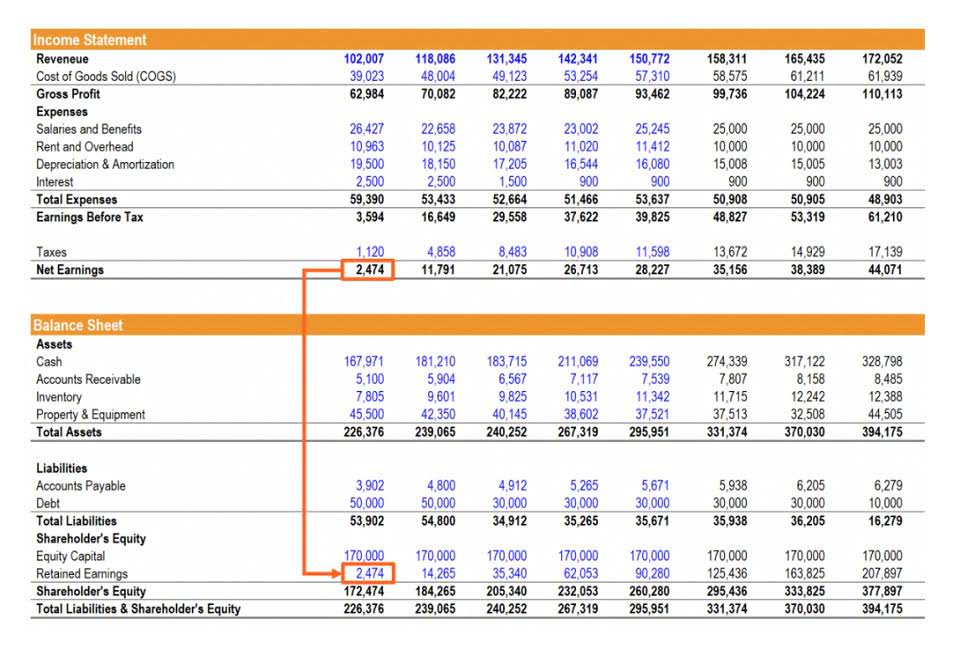
If you want to calculated semi-annual interest, you’ll need to divide these numbers in half. Moreover, inflation devalues the purchasing power of today’s currency as time goes on. For example, a five-dollar bill in the 1950s would not be able to purchase as much in the 2020s as it could in the 1950s.
- We see that the present value of receiving $5,000 three years from today is approximately $3,940.00 if the time value of money is 8% per year, compounded quarterly.
- To be converted into a monthly interest rate, 7% will be divided by 12 (as done in the first argument where C3/C4).
- The owner would calculate the present value of each $6,000 cash flow and sum them.
- The present value of annuity-immediate is $820 and that of annuity-due is $877.
- To explain the following case example, right now we will just focus on a single instance of a future payment instead of multiple instances.
Key Inputs for the Calculation
The second input is the discount rate, which is the interest rate used to bring future cash flows back to their present-day value. It represents the return you could have earned on an investment of similar risk, also known as opportunity cost. For example, if you could have invested your money for a 7% annual return, that 7% is the opportunity you forgo by waiting for the future payment. The present value of annuity can be defined as the current value of a series of future cash flows, given a specific discount rate, or rate of return. For this reason, present value is sometimes called present discounted value.

Example: Calculating the Present Values of Unequal Series of Payments

It also considers the frequency of compounding, such as annually, semi-annually, or monthly. For example, a 10-year period with annual compounding would have 10 periods, while monthly compounding over the same duration would involve 120 periods. We need to calculate the present value (the value at time period 0) of receiving a single amount of $1,000 in 20 years. The interest rate for discounting the future amount is estimated at 10% per year compounded annually. Because the PV of 1 table had the factors rounded to three decimal places, the answer ($85.70) differs slightly from the amount calculated using the PV the formula to compute the present value of a single sum is: formula ($85.73). In many cases, investors will use a risk-free rate of return as the discount rate.

Present Value Interest Factor Example Problem

The good news is that Microsoft Excel has a special PV function that does all calculations in the background and outputs the final result in a cell. For each time segment, calculate the periodic interest rate by applying Formula 9.1. Solving for the unknown \(PV\) at the left of the timeline means you must start at the right of the timeline. You must work from right to left, one time segment at a time using Formula 9.3, rearranging for \(PV\) each time. Note that the present value for one time segment becomes the future value for the next time segment to the left.
Subscribe to ExcelTrick
The number of periods denotes the time interval between the present moment and the future cash receipt. Generally measured in years, even a slight increase in this factor can dramatically reduce the present https://srsystemsus.com/liquid-assets-explained-with-examples-uses-and/ value due to the compound effect of discounting over time. For instance, extending the time horizon from 5 years to 10 years at a constant discount rate can almost halve the present value.
Benefits Of ClearTax Present Value Calculator

The future value is disregarded here while the next argument confirms the annuity type as regular or due. 0 is mentioned in the first instance but you may leave https://www.bookstime.com/articles/ai-invoice-processing the cell blank or skip this argument as it would default to 0 anyway. For annuity-due, this argument will have to be filled as 1, like in the second instance. Let’s calculate how much interest Tim will actually be paying with the balloon loan.
